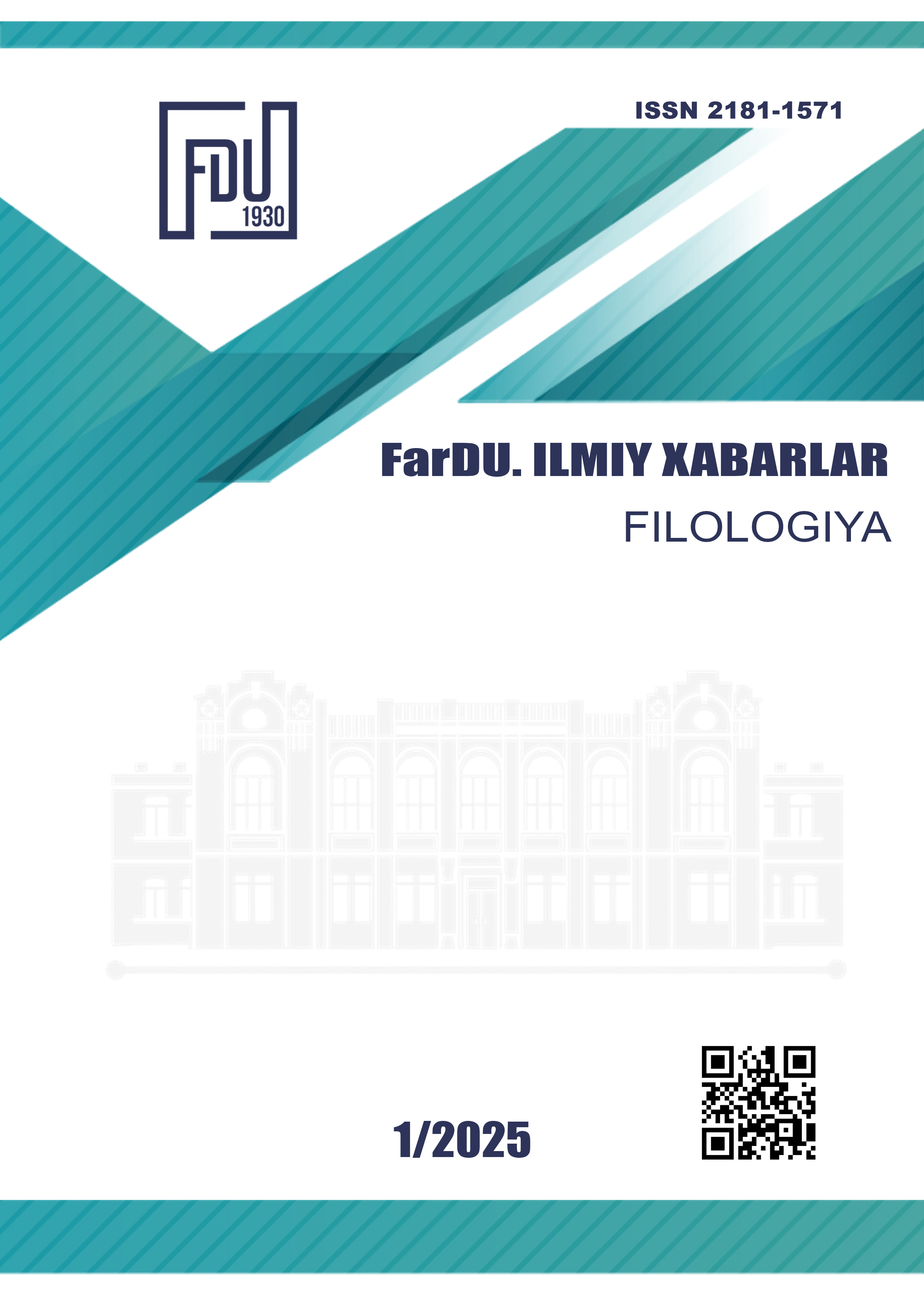LINGUOCULTURAL ANALYSIS OF SOMATIC PHRASEOLOGISMS IN PROVERBS
Keywords:
somatic phraseologisms, cultural values, proverbs, linguistic backgrounds, collective wisdom, cultural identity, social norms, comparative analysis, bodily references.Abstract
This study aims to explore the intricate relationship between language and culture by examining somatic phraseologisms found in proverbs, revealing how bodily references reflect cultural values and social norms across different societies.Through a comparative analysis of various proverbs from diverse linguistic backgrounds, the research seeks to identify common themes and variations in the use of somatic expressions, highlighting their significance in conveying cultural identity and collective wisdom.By delving into specific examples, the study will illustrate how these somatic phraseologisms not only enrich language but also serve as a lens through which we can understand the underlying beliefs and practices of different cultures.While the study of somatic phraseologisms in proverbs offers a fascinating glimpse into the relationship between language and culture, it is essential to recognize the limitations of such analyses. This perspective argues that focusing on bodily references may oversimplify the complexities of cultural values and social norms, as proverbs can be interpreted in myriad ways that extend beyond their somatic elements.
References
Abakumova, O., & Il’minskaya, V. (2022). Linguo-cultural specificity of proverbs as an indirect speech act in the communicative episode of a literary text.Научные Исследования и Разработки. https://doi.org/10.12737/2587-9103-2022-11-3-10-15
Snukiškienė, I. (2022). Linguo-cultural picture of “truth” and “lie” in Lithuanian and English proverbs.Proverbium. https://doi.org/10.29162/pv.39.1.63
Malikova, A. M. (2022). Comparative Study of Somatic Phraseological Units in English and Azerbaijani Languages.Advances in Social Sciences Research Journal. https://doi.org/10.14738/assrj.94.12144
Naciscione, A. (2022). Proverbs in the system of language and their creative use: a cross-cultural view.Culture Crossroads. https://doi.org/10.55877/cc.vol16.83
Taher, I. I. (2019). A Cognitive Semantic Study of the Impact ofSocio-Cultural Factors on Meaning Construction in Selected English and Arabic Proverbs: A Contrastive Study.Arab World English Journal. https://doi.org/10.24093/AWEJ/TH.248
Cordry, H. V. (1997).The Multicultural Dictionary of Proverbs: Over 20,000 Adages from More Than 120 Languages, Nationalities and Ethnic Groups.
Holden, M. H., & Warshaw, M. (1985). A Bird in the Hand and a Bird in the Bush: Using Proverbs to Teach Skills and Comprehension.English Journal. https://doi.org/10.2307/816272
Fọlárànmí, S. (2019). A Tree Cannot Make a Forest: Looking Inward, Reaching out in African Art Studies.African Arts. https://doi.org/10.1162/AFAR_A_00453
Downloads
Published
Issue
Section
License
Copyright (c) 2025 Scientific journal of the Fergana State University

This work is licensed under a Creative Commons Attribution-NonCommercial-NoDerivatives 4.0 International License.

